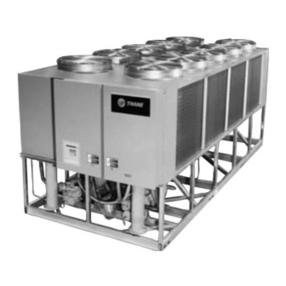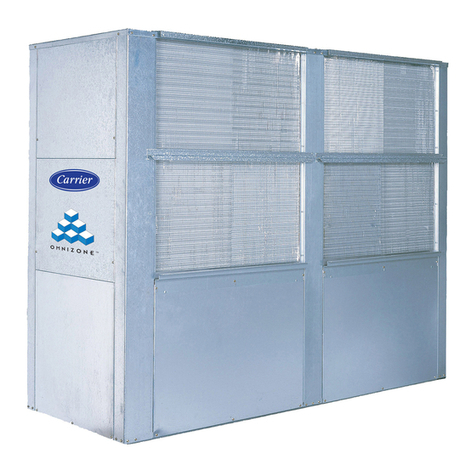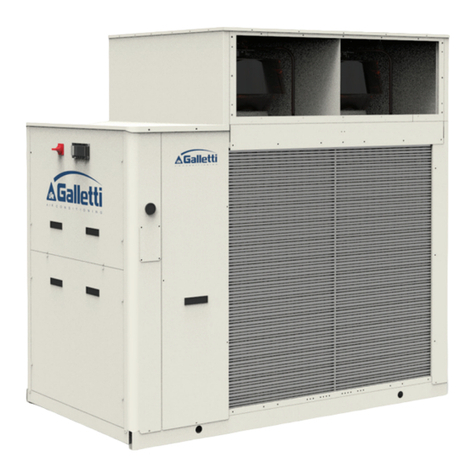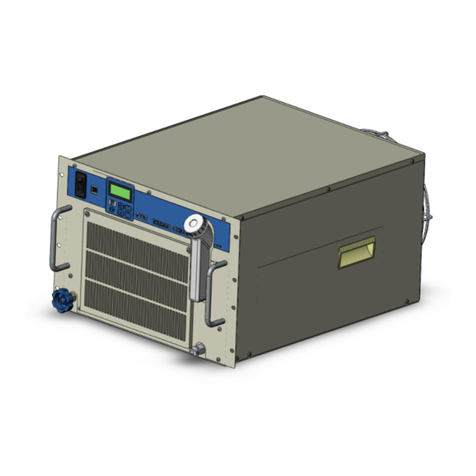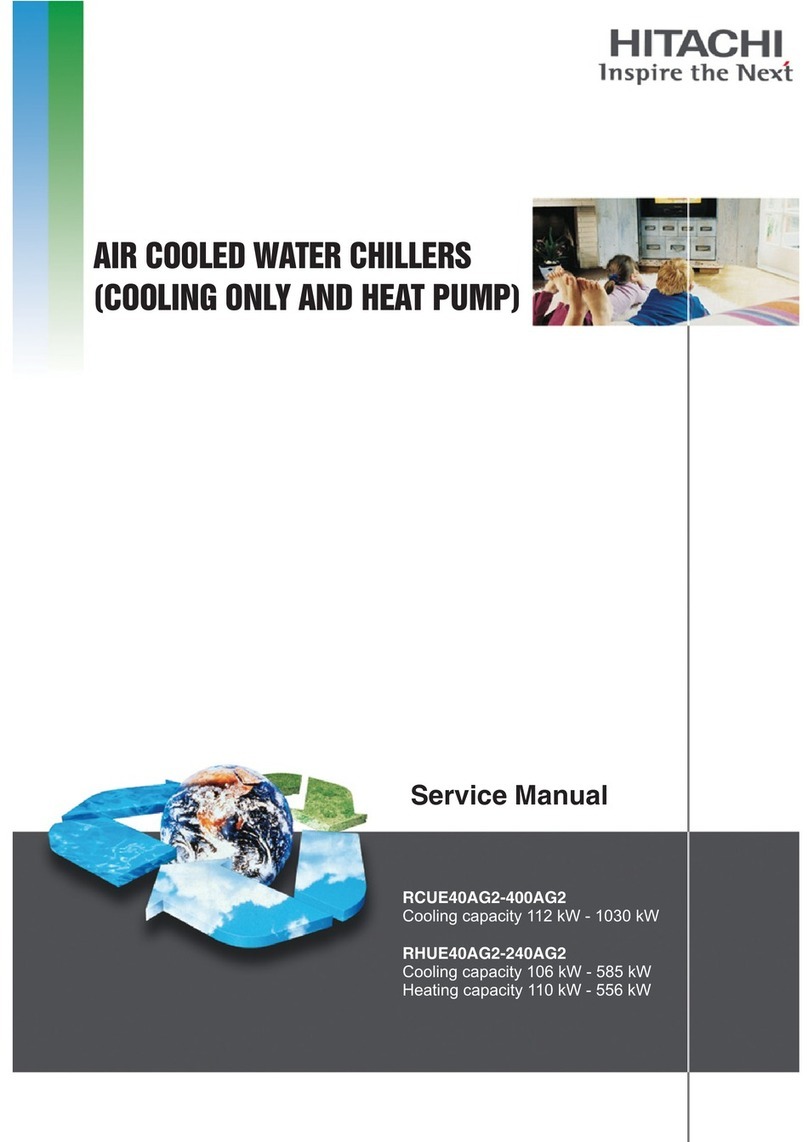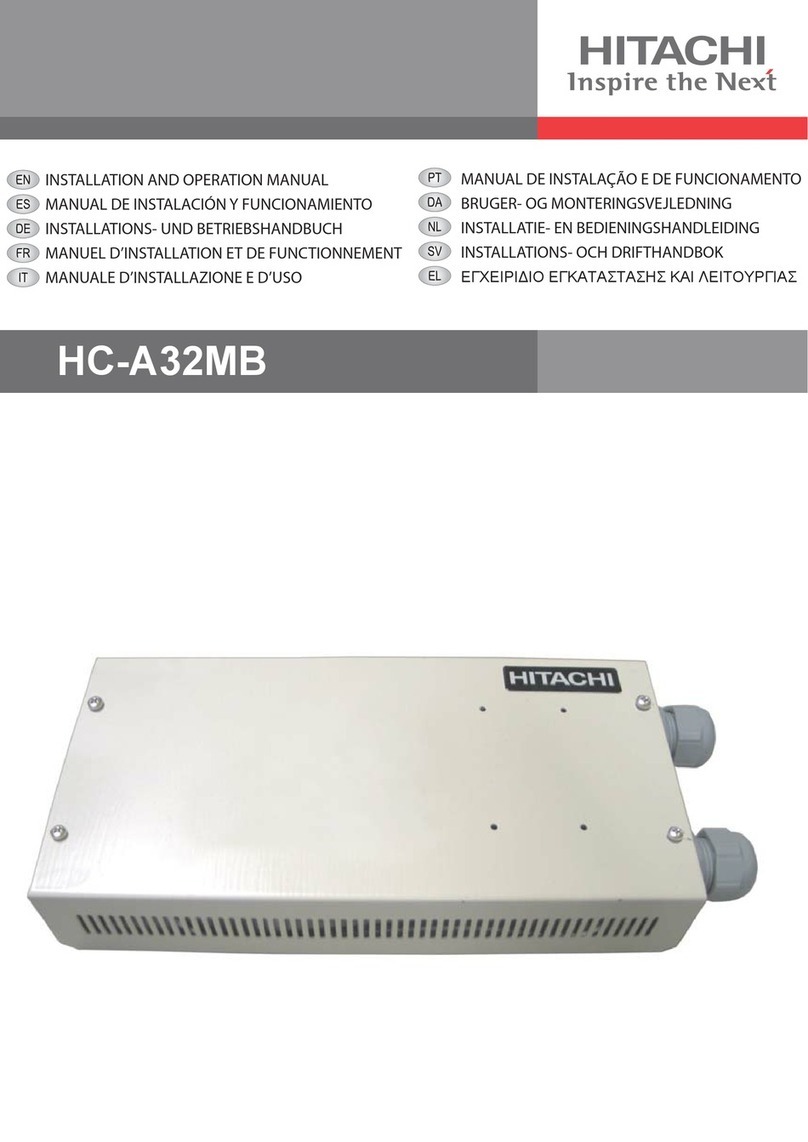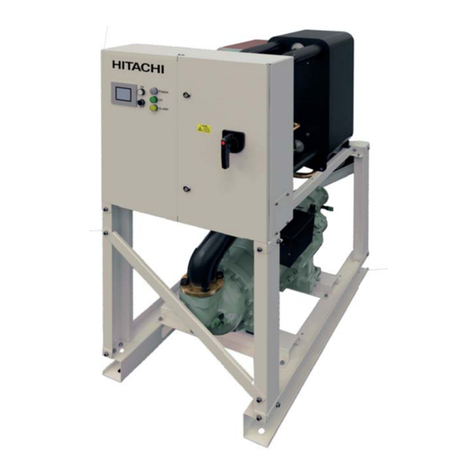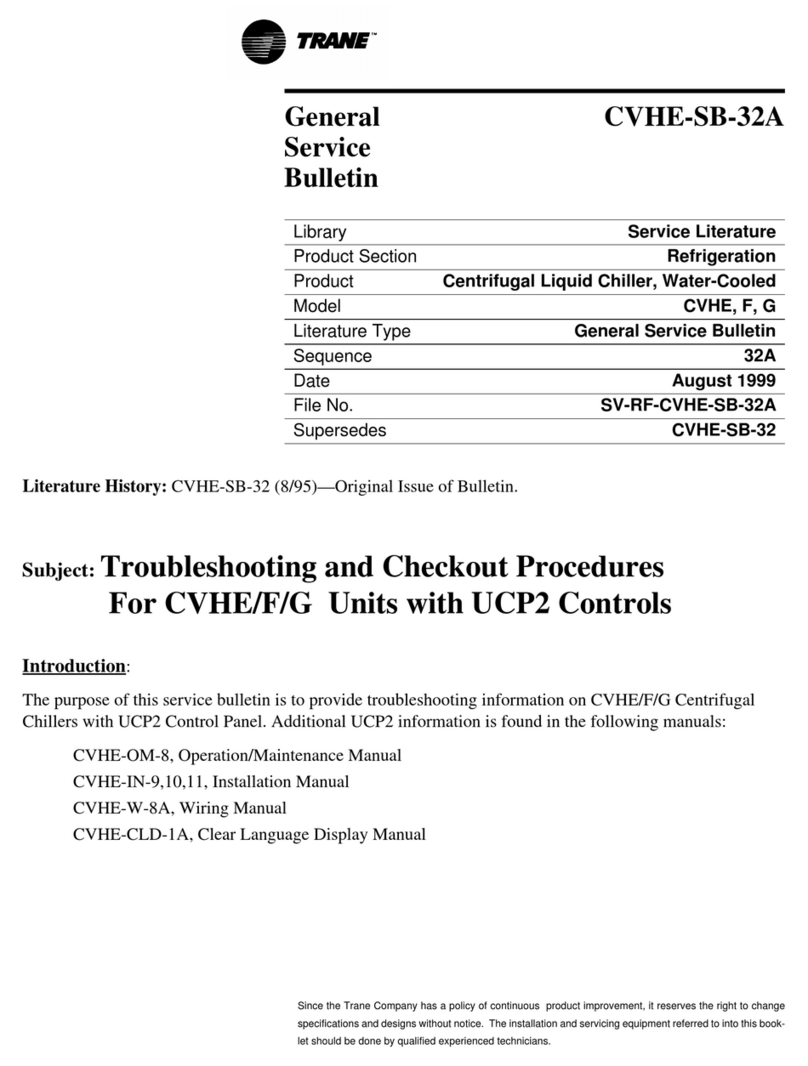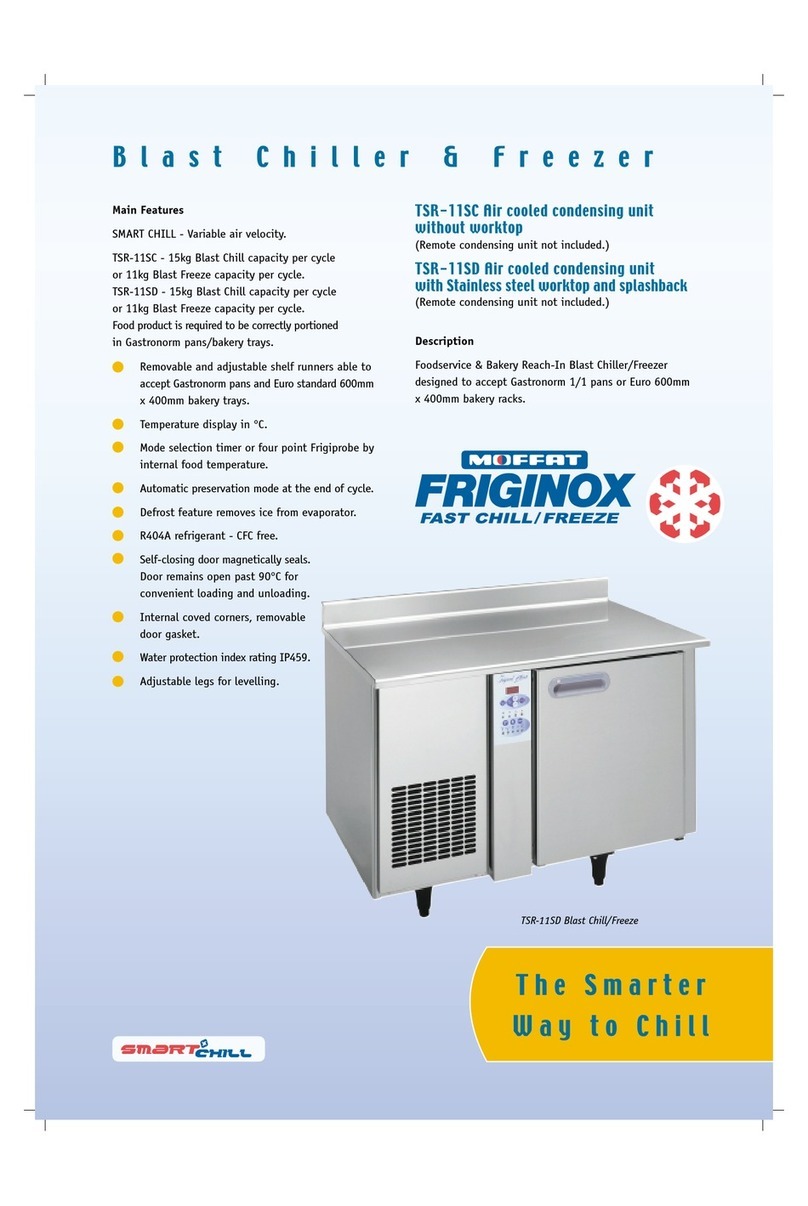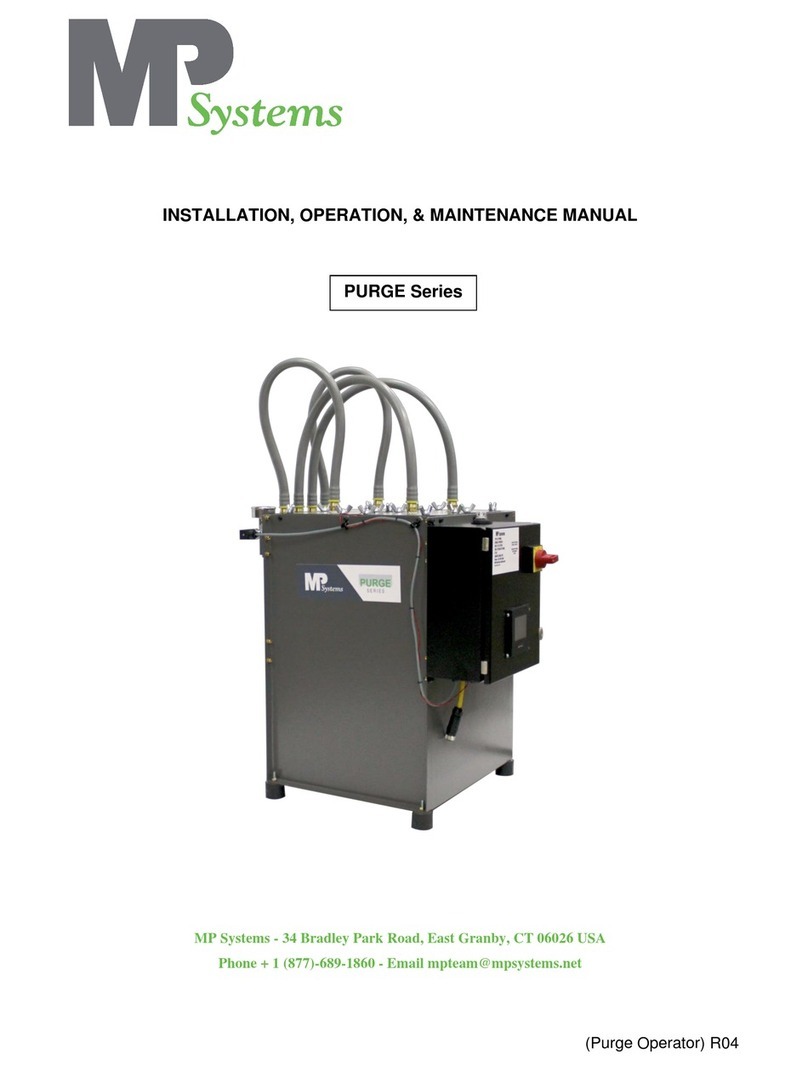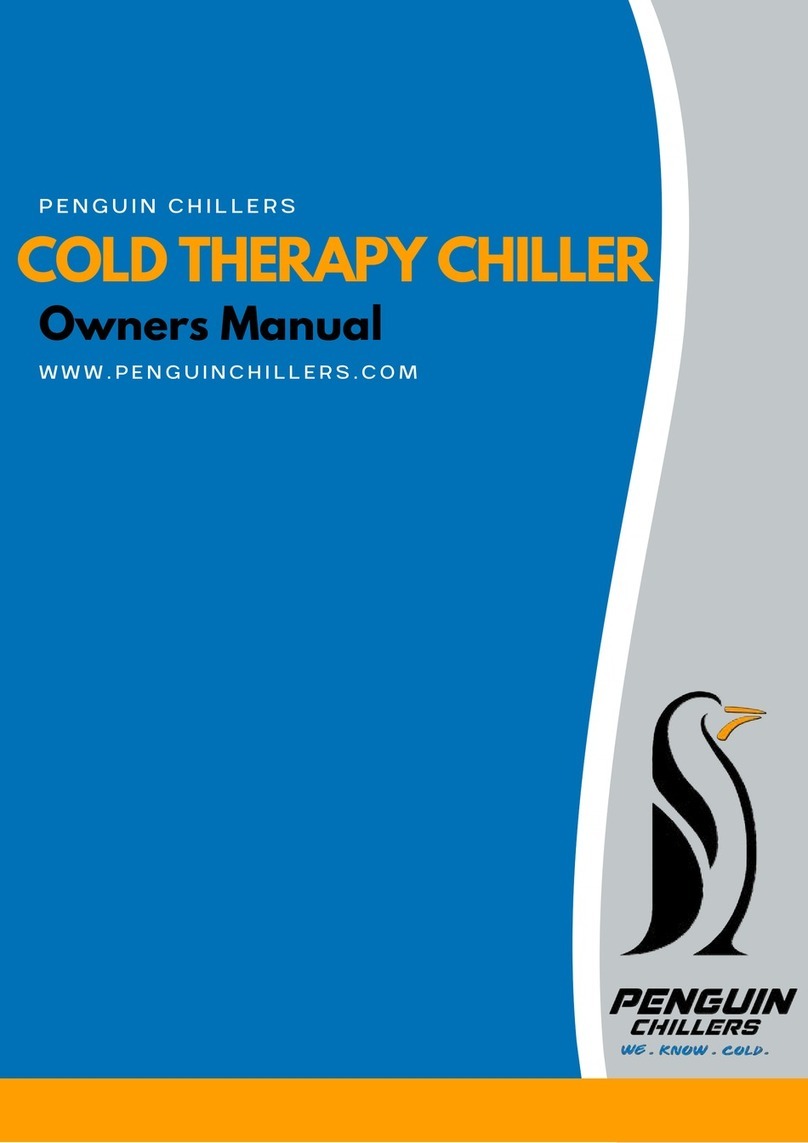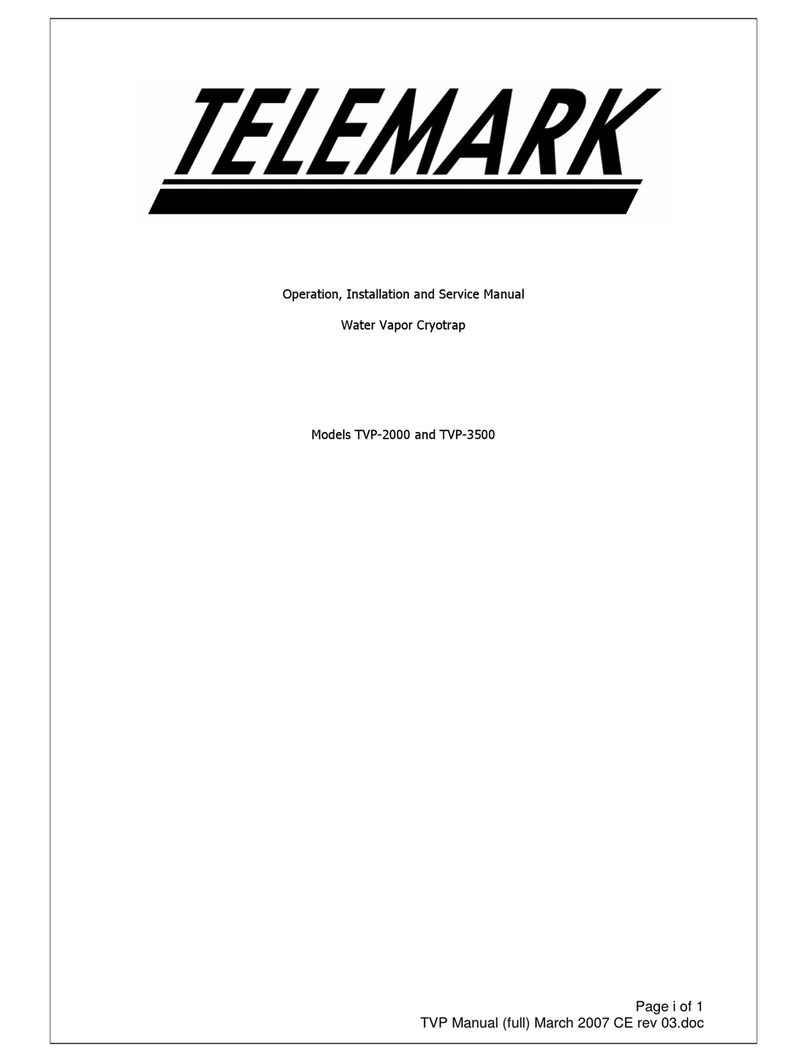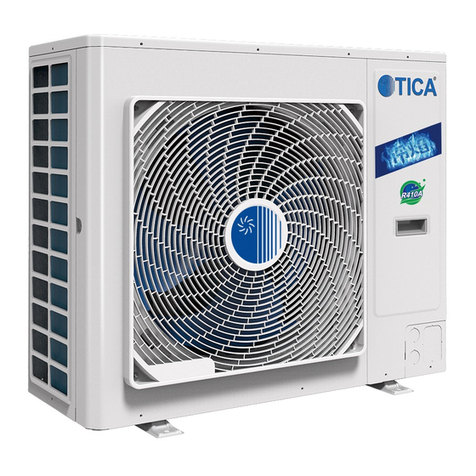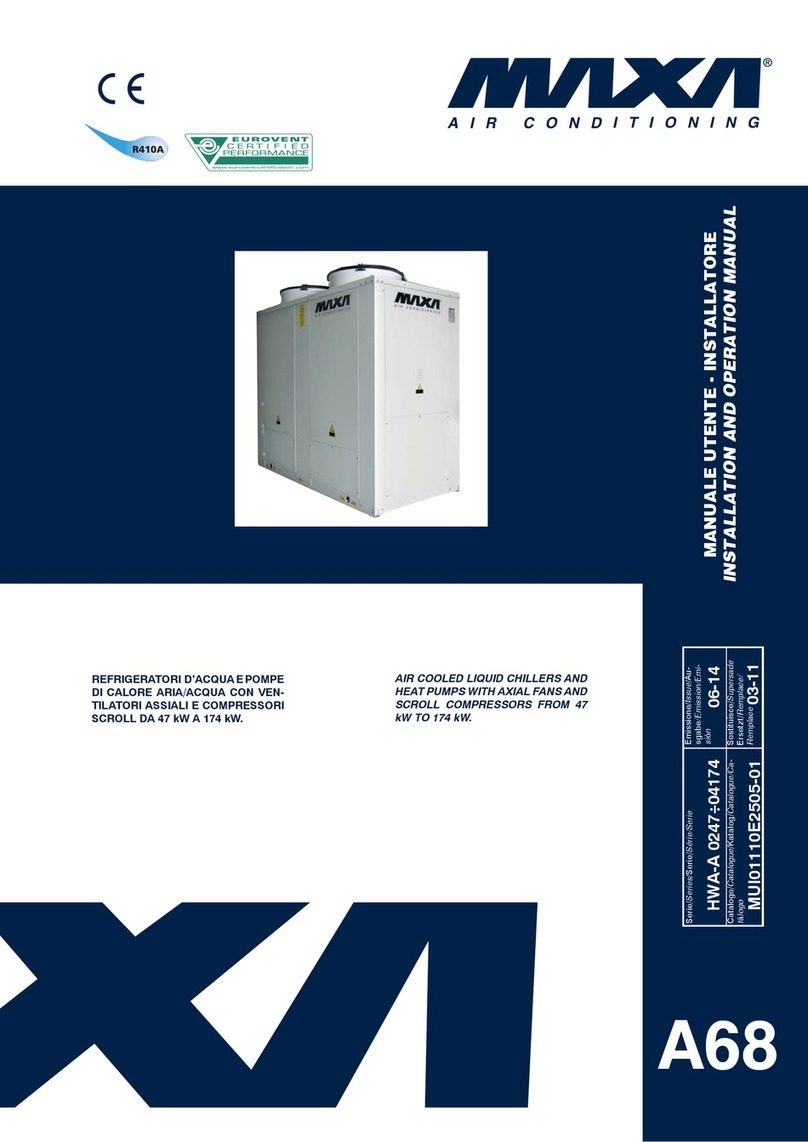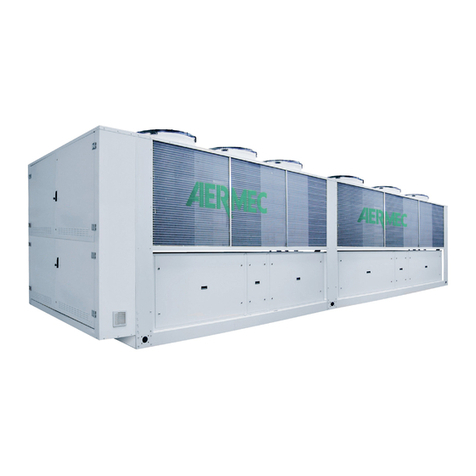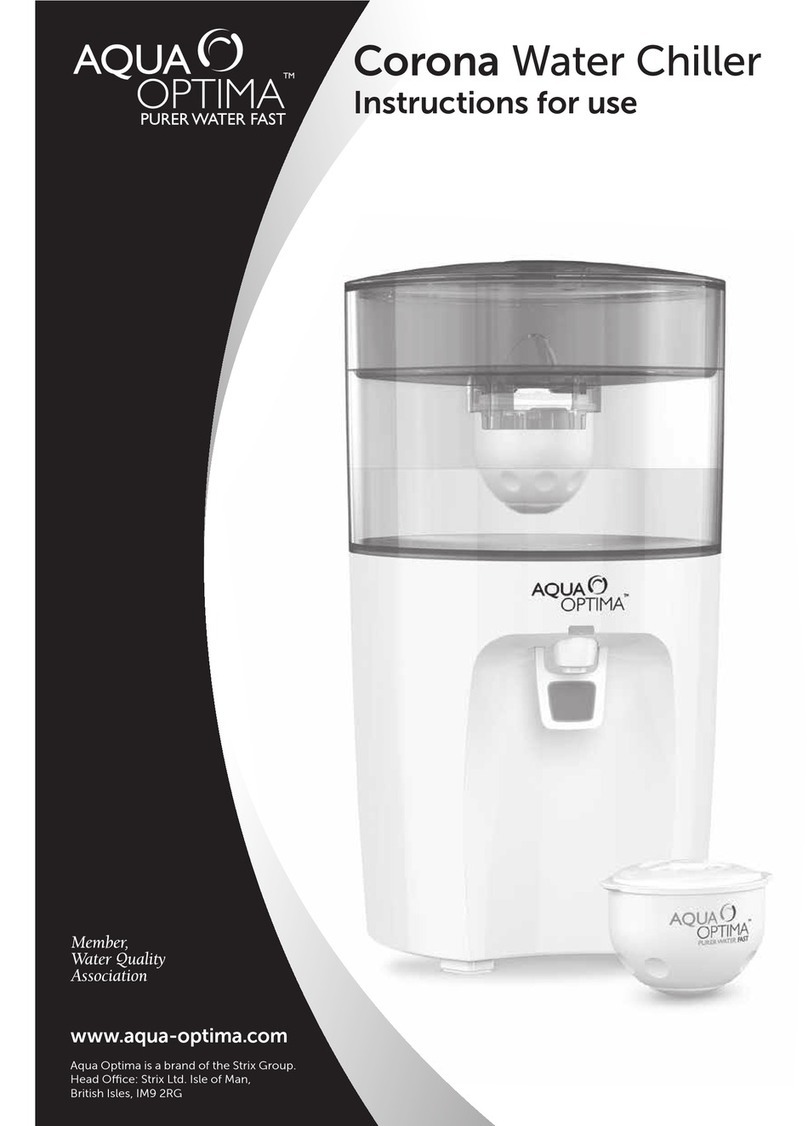
0
TABLE OF CONTENTS
1 IMPORTANT NOTICE..................................................................................................................1
2 FEATURE AND BENEFITS.........................................................................................................1
2.1
NEW CHILLER PICTURE
.............................................................................................................................1
2.2
COMPRESSOR
........................................................................................................................................2
2.3
CONTROL
...............................................................................................................................................3
2.4
HEAT EXCHANGER
...................................................................................................................................4
3 OPERATION INSTRUCTIONS ....................................................................................................5
3.1
HITACHI AIR
-
COOLER WATER CHILLER MODELS
............................................................................................5
4 COMPONENTS OF CHILLER .....................................................................................................6
4.1
STRUCTURE DRAWING
..............................................................................................................................6
5 PREPARATION INITIAL CHECK................................................................................................7
5.1
INITIAL CHECK
.........................................................................................................................................7
5.2
PLACING THE UNIT
...................................................................................................................................7
5.3
CENTRE OF GRAVITY
................................................................................................................................8
5.4
SERVICE SPACE AND FOUNDATION
.............................................................................................................9
5.5
TRANSPORTATION
...................................................................................................................................10
6 INSTALLATION ...........................................................................................................................11
6.1
ELECTRICAL WIRING
.................................................................................................................................11
6.2
WATER PIPING
.........................................................................................................................................13
6.3
TYPICAL COMMON WATER PIPING
...............................................................................................................14
6.4
MINIMUM INTERNAL SYSTEM WATER VOLUME
..............................................................................................15
6.5
WATER CONTROL
....................................................................................................................................15
6.6
BMS CONNECTION
...................................................................................................................................16
6.7
INSTALLATION FINAL CHECK
......................................................................................................................19
7 TEST RUNNING...........................................................................................................................20
7.1
PREPARATION
.........................................................................................................................................20
7.2
TEST RUNING
..........................................................................................................................................20
7.3
INSTRUCTIONS AFTER TEST RUNNING
.........................................................................................................20
8 CONTROLLER ADJUSTMENT...................................................................................................21
8.1
CONTROLLER SYSTEM
..............................................................................................................................22
8.2
CONTROLLER ADJUSTMENT
......................................................................................................................22
9 SELF-INSPECTION FUNCTIONS ..............................................................................................25
9.1
ALARM INDICATION
..................................................................................................................................25
9.2
NORMAL INDICATION
................................................................................................................................26
9.3
FUNCTION FOR INDICATION OF OPERATION CONDITION
.................................................................................26
10 CONTROL SYSTEM..................................................................................................................29
11 MAINTENANCE .........................................................................................................................40
11.1
COMPONENTS
.......................................................................................................................................40
11.2
LUBRICATION
........................................................................................................................................40
11.3
DEPOSIT
...............................................................................................................................................40
11.4
CLEANING METHOD
................................................................................................................................41
11.5
WINTER SHUTDOWN
...............................................................................................................................44
11.6
SPRING START
-
UP
.................................................................................................................................44
11.7
PART REPLACEMENT
..............................................................................................................................44
11.8
REFRIGERANT CYCLE
.............................................................................................................................44
11.9
REFRIGERANT CYCLE DIAGRAM OF HITACHI AIR
-
COOLED WATER CHILLER
.....................................................45
11.10
REFRIGERANT CYCLE DIAGRAM OF HITACHI AIR
-
COOLED WATER CHILLER
(
WITH ECONOMIZER
).......................46
11.11
COMPRESOR REMOVAL
..........................................................................................................................47
11.12
SAFETY AND CONTROL DEVICE SETTING
...................................................................................................48
11.13
NORMAL OPERATING PRESSURE
..............................................................................................................50
11.14
TEST RUNNING AND MAINTENANCE RECORD
..............................................................................................51
11.15
DAILY OPERATING RECORDS
...................................................................................................................52
11.16
SEVICING FOR
R407C
REFRIGERANT SYSTEM
..........................................................................................53
12 TROUBLESHOOTING ...............................................................................................................53
